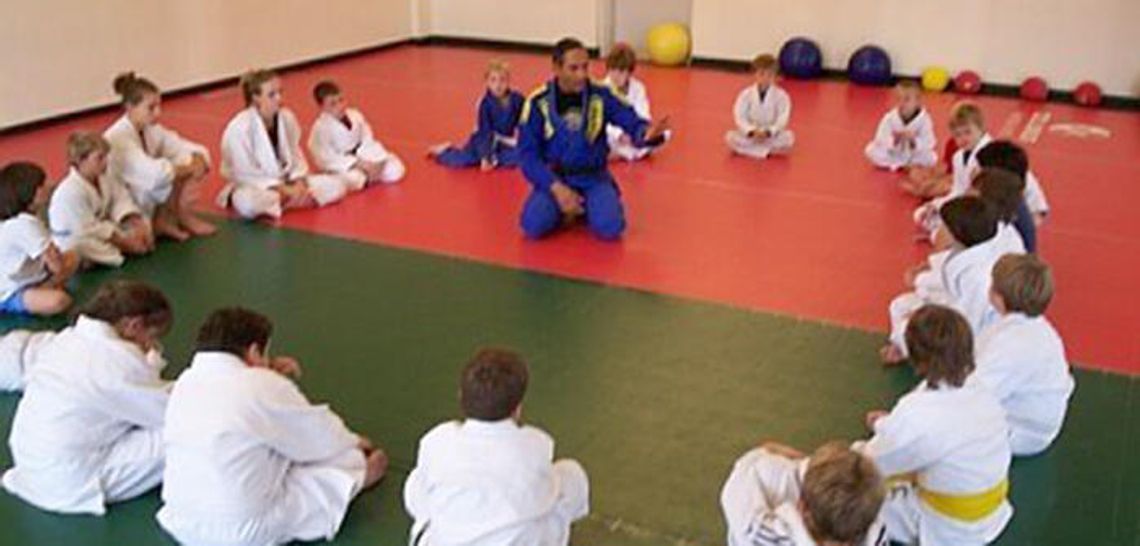[dropcap]T[/dropcap]eaching techniques on how to grapple and restrain an opponent as it relates to jiu jitsu is a daily experience for Joao Crus.
Crus, who owns a jiu jitsu studio in the Dripping Springs area, has taught the martial art for close to two decades.
But it was helping instruct a student with attention deficit hyperactivity disorder (ADHD) that changed how Crus approached his instruction.
Several years later and Cruz now uses jiu jitsu to help develop self-esteem, communication and social skills for children who may suffer from ADHD and Autism.
“Any movement is great for the brain and brain development and help rewire things they struggle with.” Crystal Kent, licensed professional counselor
According to the Centers for Disease Control and Prevention (CDC) website, ADHD is one of the most common neurodevelopment disorders of childhood. According to 2013 statistics from the American Phyciatric Association, roughly five percent of children have ADHD.
According to a 2012 CDC report, approximately 11 percent of children aged 4 to 17 have ever been diagnosed with ADHD.
Children who have ADHD may have trouble paying attention, controlling impulsive behaviors or could be overly active.
Crystal Kent, a licensed professional counselor who works with children who have ADHD and autism, said self esteem is one of the primary issues many ADHD children face. But another is completing daily tasks, such as getting dressed in the morning or completing work when they attend school. A person with ADHD may find those tasks more challenging as their brains are working in overdrive, Kent said.
“We may view a task as simple, but they are working a lot harder to complete them,” Kent said.
One of Crus’ first experiences with ADHD came when a client recently moved to Dripping Springs and brought their son, whose attention “was zero.”
As a result of the student’s challenge to focus, Crus had to develop techniques of his own to help gather his attention.
Those techniques involve a four phase, year-long experience that covers physical development, active speaking and listening, social development and cognitive skills.
All of the phases are incorporated into the martial art, which involves body contact, grappling and reacting to an opponent’s movement. Crus said the art involves constant engagement in the “present moment.”
“It’s not pushing and walking away or punching and walking away. You try to choke, to sit on their belly or restrain them. It’s a lot of body contact,” Crus said. “You have to respond to impulse and get rid of that and escape.”
It’s through active speaking and listening where the “magic happens,” Crus said. During classes, Crus focuses on having students actively respond when someone is talking to them. Crus said instructors don’t accept head movements, as it doesn’t make them “present to the moment.”
“The idea is to make them present,” Crus said. “That is focus and response.”
Integrating games into classes also helps build social skills, Crus said. It helps children build tolerance, the ability to work with others and empathy.
But also helps build self esteem and confidence in children.
Kent said sports and other extracurricular activities can be important for children with ADHD or autism. Inclusion in those sports helps a child feel successful, which is beneficial. It also assists with concentration and impulsivity skills, as well as improving a child’s mood.
Improvement in executive functioning skills, such as switching gears or changing tasks or routine, are also a benefit of participating in sports or activities.
“Any movement is great for the brain and brain development and help rewire things they struggle with,” Kent said.
The social aspect of sports and activities can help children with autism or Asberger’s Syndrome. Autism is a range of conditions that include challenge with social skills, repetitive behaviors, as well as speech and nonverbal communication, according to autismspeaks.org.
Kent said swimming is a primary sport that works well with children who have ADHD or autism, as it helps improve bilateral movement and brain development. But she said children should participate in an event or activity they enjoy.
“They can become hyper focused on learning something,” Kent said. “It can work to their benefit.”
While Crus said he is no expert or a professional in working with ADHD or autistic children, he does enjoy the ability to help a child overcome.
“It’s priceless,” Crus said about seeing progress in a child. “It’s unbelievable.”












